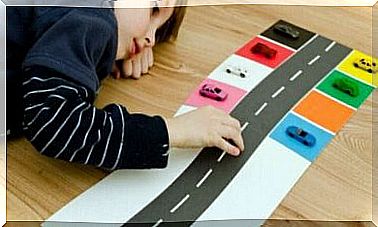10-10-10 Rule For Making Decisions

The 10-10-10 rule was developed to help people make tough decisions. We are talking about the decisions where it is such that if you choose A instead of B, things can either go right or wrong. In these decisions, you basically do not know what to do, and there are no factors that make one option more appealing than the other.
Sometimes the old trick just doesn’t work where you consider the pros and cons of these tough decisions. This is when the 10-10-10 rule comes into play. Suzy Welch invented this method. She is a journalist who was already known for her best-selling books.
Welch carefully studied the activity of the brain during the decision-making process. She found that there is a very important and negative factor that comes into play. It is called hyperbolic discounting and it means that we behave as if the future does not exist. For example, we eat junk food as if it does not affect our health. To stop this bias, Welch created the 10-10-10 rule.
How does the 10-10-10 rule work?
The 10-10-10 rule begins with asking yourself a question that raises a difficult decision that you have to make. First, you need to clearly define the problem you want to solve or the decision you want to make. For example, “Should I quit my job?”, “Is it time to have another child?” or “shall I leave my country?”
The more specific you are with the question, the easier it will be to make the right decision. It is better when we know exactly what the most important part of a problem is or the related variables.
The next thing to do on the list is to gather some information. You can do this by reading, having conversations or using other resources available to you. The goal is to identify the most important options you have. Your goal? To answer these three simple questions: What are the consequences of each of my options in 10 minutes? And in 10 months? And in 10 years?

The three moments
Do not take the 10-10-10 rule literally. You do not have to ask yourself what happens in 10 minutes, 10 months or 10 years with every little decision you have to make. This is just a way to describe how the method works. The goal is to look at the situation in terms of what happens immediately, later in the future and in the long run.
The first moment refers to the consequences of a decision in the present. The second moment makes you reflect on a time when the decision had already been made and the first real consequences began to manifest. The third moment has to do with the distant future and the impact of the decision after much more time has passed.
Suzy Welch called it the 10-10-10 rule because she wanted it to be a kind of mantra. However, it basically consists of being aware of the moment you make the decision, the moment after it is made and the moment when everything is said and done.

The analysis
Once you have visualized the three moments with the 10-10-10 rule, you will need to perform an additional analysis. The information you gather, the options you have and your beliefs, goals, dreams and needs must be part of this analysis. Welch points out that you need to ask yourself another question: what is the alternative that better helps me take control of my life?
The answer to this question is the final factor that will help you make a decision. The option that best suits the future you want is the most suitable decision.
Not all people have a happy ending in this process. Sometimes decisions mean you have to lose or give up on certain things. But if you use this method correctly, you will eventually feel relieved. When you discover the best way to grow, you will be more motivated to focus your energy on it.









